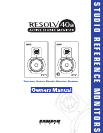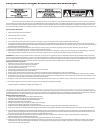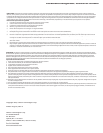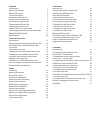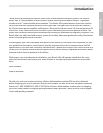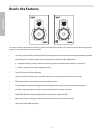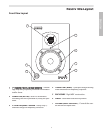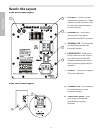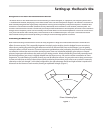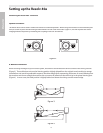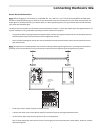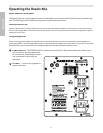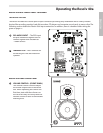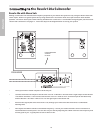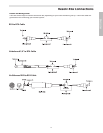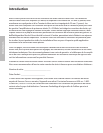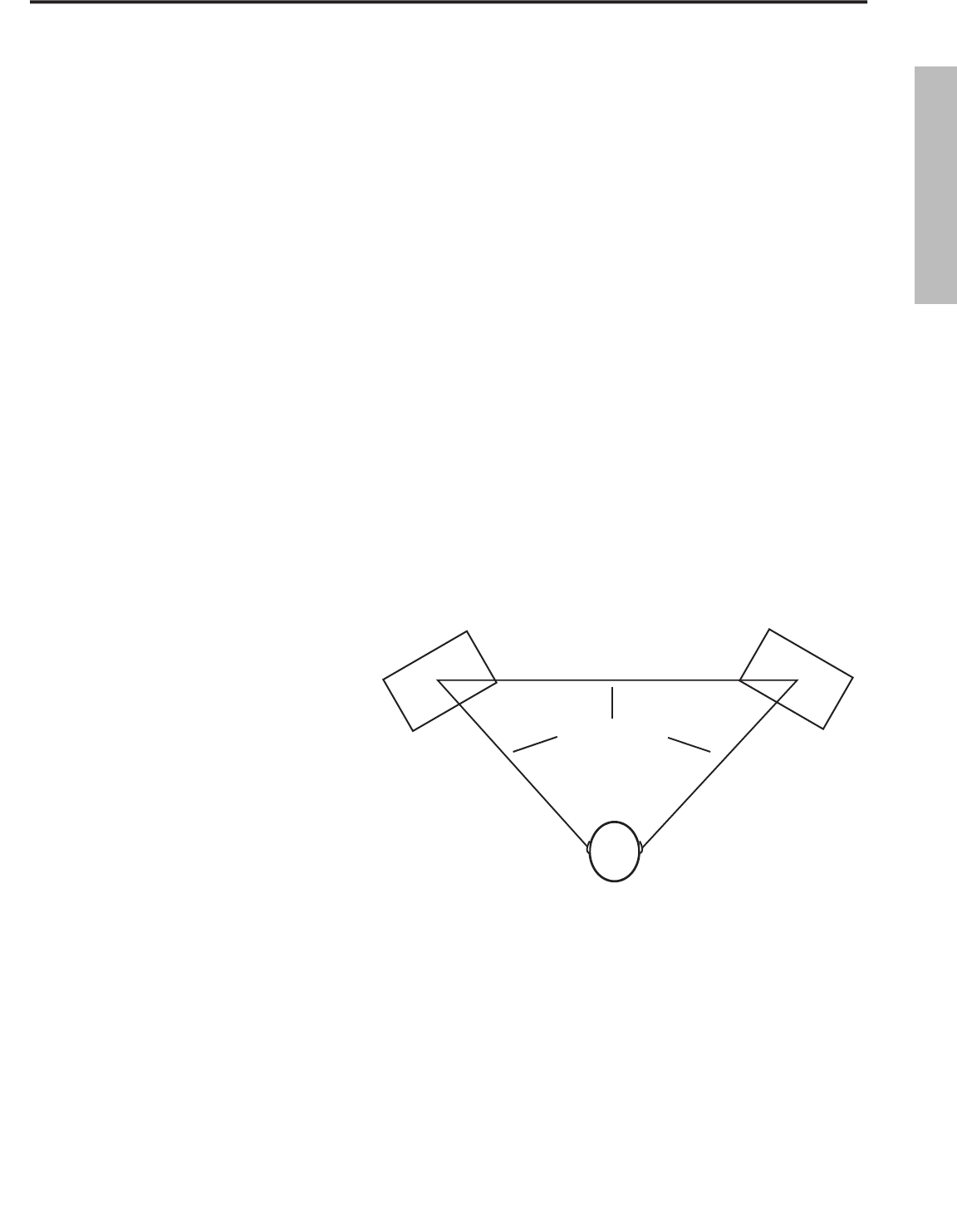
Setting up the Resolv 40a
Background on the Resolv 40a Studio Reference Monitor
The Resolv 40a is a near field reference monitor featuring a custom designed, 4” copolymer, low frequency driver and a
1” treated textile tweeter, employing a Ferro fluid cooled voice coil and neodymium magnet. The monitor’s crossover has
been carefully designed with high quality components insuring a linear frequency and phase response. The Resolv 40a
enclosure is constructed from MDF (Medium Density Fiberboard) and is finished in scuff resistant, textured paint. The
monitor’s enclosure also includes a tuned vent port that provides extended low-end response, and with a low turbulence
design, the low frequency driver can move freely with minimal effect on the overall impedance. On the rear of one enclo-
sure you’ll find Resolv 40a’s control panel, which features an RCA unbalanced input. This input is connected to Resolv
40a’s internal stereo power module providing 25 watts per channel through passive crossovers.
Positioning the Resolv 40a
Near field monitoring has become the choice of many engineers in large and small studios because it minimizes the
effect of room acoustics. This is especially important in today’s project studios since the budget for room acoustics is
often close to nothing. By positioning the reference monitors in the near field (close to the listeners), you can greatly
reduce the effects of room acoustics. The most important considerations when evaluating the effects of room acoustics
are reflective surfaces that are around the monitoring area. These can include flat tabletops, glass mirrors or framed
pictures, large open walls and even the surface of your mixing console. Mostly all reflecting sound will eventually reach
the listening position, but since it is slightly delayed from the direct source, the result is random cancellation of some
frequencies, or comb filtering. If possible, remove any and all reflective surfaces. You may also want to hang some acous-
tic foam on walls that are close to the monitors. When positioning the monitors you’ll want to set up what is commonly
referred to as the “mix triangle”. In this ideal configuration, the space between the left and right monitor is equal to the
distance from the listener to each monitor, forming an equilateral triangle. (Figure 1.)
Prime Listening Spot
Equal Distance
Figure 1.
ENGLISH
5



